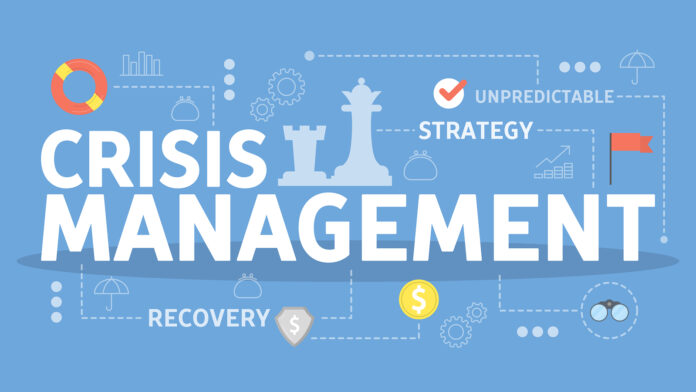In a crisis, it is important to have a plan in place to help your business save itself. Without a plan, things can quickly go from bad to worse. Disaster can strike at any time, so it is important to be prepared. We will discuss what crisis management is, how it works, and how to create your plan in case of a disaster. We will also highlight some top tips and methods for identifying crises before they happen. Finally, we will introduce NetQuid’s crisis management solutions and explain how they can help your business stay safe during times of trouble.
What Is Crisis Management?
Crisis management is the process of managing a crisis to prevent it from causing serious damage to your company or organization. You can start this process by creating a plan in case disaster strikes – but how do you create that plan? Several methods include:
• Building relationships with local emergency services.
• Identifying potential risks you might face.
• Putting together an incident response team.
The most important thing about this plan is that it must be tested regularly to know what they need to do when something goes wrong. This means planning mock drills so that each employee knows how to react in times of trouble.
How Does Crisis Management Work?
Dealing with crisis works in three steps:
– Identification: First, you must identify and understand the crisis you face. This means listing all possible ways a disaster situation could hurt your company. If they are not listed, write them down as potential threats. Once these are identified, determine if any actual threats need to be dealt with or handled to prevent this crisis from happening.
– Management: Next, it is important to understand how serious the crisis might be. Look at each identified risk and assess its level of seriousness on a scale of 1 to 10 (with ten being most severe). Then create plans for each one, which will help you manage it effectively should it ever occur.
– Containment and Recovery: Finally, create plans for containment and recovery. Containment involves controlling the damage that has already been done; Recovery is about recovering from the crisis itself. For example, you will need to contain any security breaches, but you will also need to recover lost data or rebuild systems damaged by hackers.
Identifying Risks Before They Happen
You might ask yourself, how can I identify threats before disaster strikes? Here are some risk assessment strategies:
– Regularly schedule fire drills at your company, so employees know what to do when an emergency arises. This will help them prevent panic in a real crisis. Practice your response plan regularly, so everyone gets used to doing things like contacting IT support for database disasters or calling emergency services for fires or floods.
– Analyze the damage risk of all new projects, products, or services. This will help you better understand what kind of risks they might pose to your company before they are even rolled out.
– Use technology like NetQuid’s crisis management solution to monitor critical systems for abnormal behavior that could be indicative of an attack or security breach (like someone trying to log into your accounts without permission). Technologies like this one can also send alerts if it detects system failures, which means you will know whether any of your systems are acting up and whether something is wrong right away.
Conclusion
Finally, companies that do not have a clear way plan of dealing with crisis put themselves at risk. Even if you think the worst will never happen to your business, it’s better to be safe than sorry. Having a contingency plan in place can help improve your company’s overall resiliency and responsiveness in times of trouble. This means the chances of a successful recovery from an incident are much higher when compared with companies that don’t have one in place.
























